Located on the top of Dung Quyet mountain, King Quang Trung temple is not only a historical relic but also a spiritual place that attracts many tourists to visit and worship.

King Quang Trung Temple is located on Dung Quyet Mountain, Trung Do Ward, Vinh City, Nghe An . The mountain has 4 branches: Long Thu (dragon head), Phuong Duc (phoenix wings), Quy Boi (tortoise hill) and Ky Lan, converging all four sacred animals: Long, Lan, Quy, Phung.

According to legend, after the victory in the spring of Ky Dau 1789, King Quang Trung chose the land between Dung Quyet and Ky Lan mountains to establish the capital for the new dynasty. When Phuong Hoang Trung Do was just completed, the plan to move the capital from Phu Xuan ( Hue ) to Vinh (Nghe An) was still unfinished when King Quang Trung suddenly passed away. King Quang Toan later succeeded his father, but could not keep the throne. When Nguyen Anh established the Nguyen Dynasty, establishing the capital in Hue, Phuong Hoang Trung Do was forgotten. Over the changes of time, the project only has a few vestiges left.

To commemorate the merits of the hero Nguyen Hue - Quang Trung, in 2005, Nghe An province built a temple to Emperor Quang Trung, located on Dung Quyet mountain. The project was inaugurated in 2008, after more than 1,000 days of construction.

Emperor Quang Trung Temple is a famous spiritual and cultural work associated with tourism in Nghe An.

The architectural highlight of the temple is the front hall, consisting of three rooms: the upper hall, the middle hall, and the lower hall, designed in the shape of the letter Tam, gradually rising higher. All three rooms are made of ironwood, carved with motifs in the style of the Nguyen Dynasty.

The exhibition house has hundreds of Tay Son period artifacts.



Rare artifacts of the Tay Son period


The upper temple is where King Quang Trung, his father Ho Phi Phuc and his mother Nguyen Thi Dong are worshiped.

Every year, the upper palace is opened on two major holidays: the death anniversary of King Quang Trung on the 29th day of the 7th lunar month and the 5th day of the 1st lunar month - the anniversary of the Ngoc Hoi - Dong Da victory.

Visiting the temple, tourists can enjoy the spiritual and cultural values, admire the beautiful natural scenery and the sacred and peaceful atmosphere of the temple of Emperor Quang Trung.

People and tourists come to visit, burn incense in memory and express their admiration and gratitude to Emperor Quang Trung.
According to Nghe An newspaper, the lower, middle and upper halls are considered the center of the entire temple, designed in the shape of the letter Tam, gradually rising. All three houses are made of ironwood, carved with motifs in the style of the Nguyen Dynasty. The lower hall has the largest area of 180m2, including 3 rooms, with a 2-story roof structure. The worshiping frame here is arranged according to the traditional worshiping belief of the Vietnamese people, which is the Buddha in front and the saint in back. The altar of Buddha Sakyamuni is solemnly arranged in the middle room of the front hall, where Buddhists pay their respects to Buddha. On the left is the altar of the Four Palaces and the Three Holy Mothers. On the right is the altar of the Tay Son-era Nghe An Governor Nguyen Than.
The Central Palace has a smaller area, 160m2 with 3 worshiping rooms, the middle room worships the generals of the Tay Son Dynasty in general, the two sides on the left and right worship the civil mandarins and military generals of the Tay Son Dynasty. The civil mandarin altar includes the memorial tablets of 3 people: Minister of War Ngo Thi Nham, Head of the Chong Chinh Institute La Son Phu Tu Nguyen Thiep and the Northern Mission Pham Cong Tri. The military general altar includes the memorial tablets of 3 people: Admiral of the Navy Ngo Van So, Commander-in-Chief Tran Quang Dieu and the loyal female Admiral Bui Thi Xuan.
The upper hall is where the altar of Emperor Quang Trung, his father Ho Phi Phuc and Queen Nguyen Thi Dong is located. The bronze statue of Emperor Quang Trung sitting, 1.5m high, is placed majestically in the middle of the harem.
Every year, Emperor Quang Trung Temple has two major holidays: July 29th of the lunar calendar - the death anniversary of Emperor Quang Trung, and January 5th of the lunar calendar - the Ngoc Hoi - Dong Da Victory Day.
(According to 24h, August 7, 2023)
Source










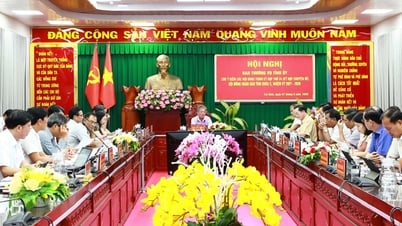
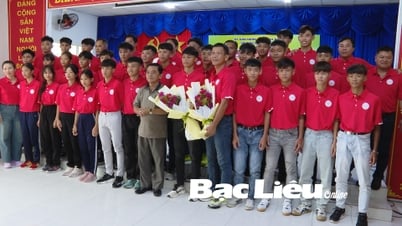

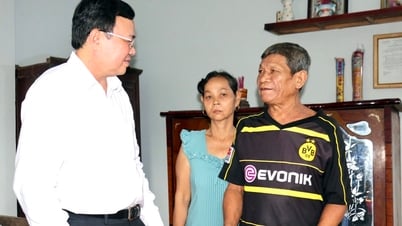




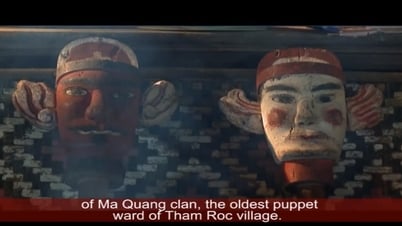



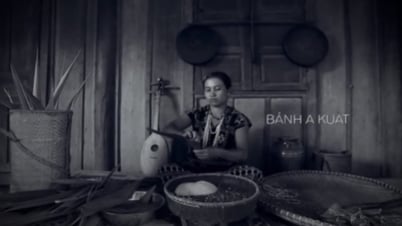





























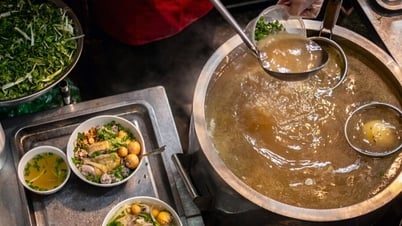

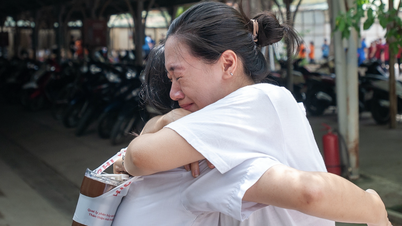














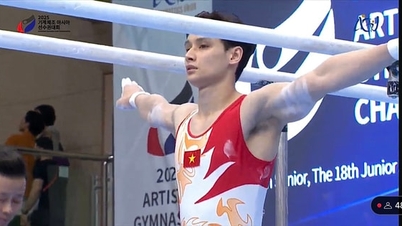
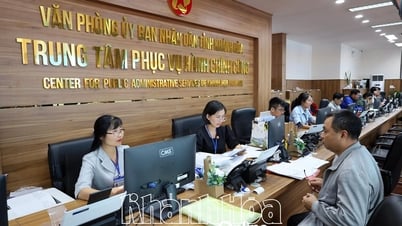












![[OCOP REVIEW] Tu Duyen Syrup - The essence of herbs from the mountains and forests of Nhu Thanh](https://vphoto.vietnam.vn/thumb/402x226/vietnam/resource/IMAGE/2025/6/5/58ca32fce4ec44039e444fbfae7e75ec)



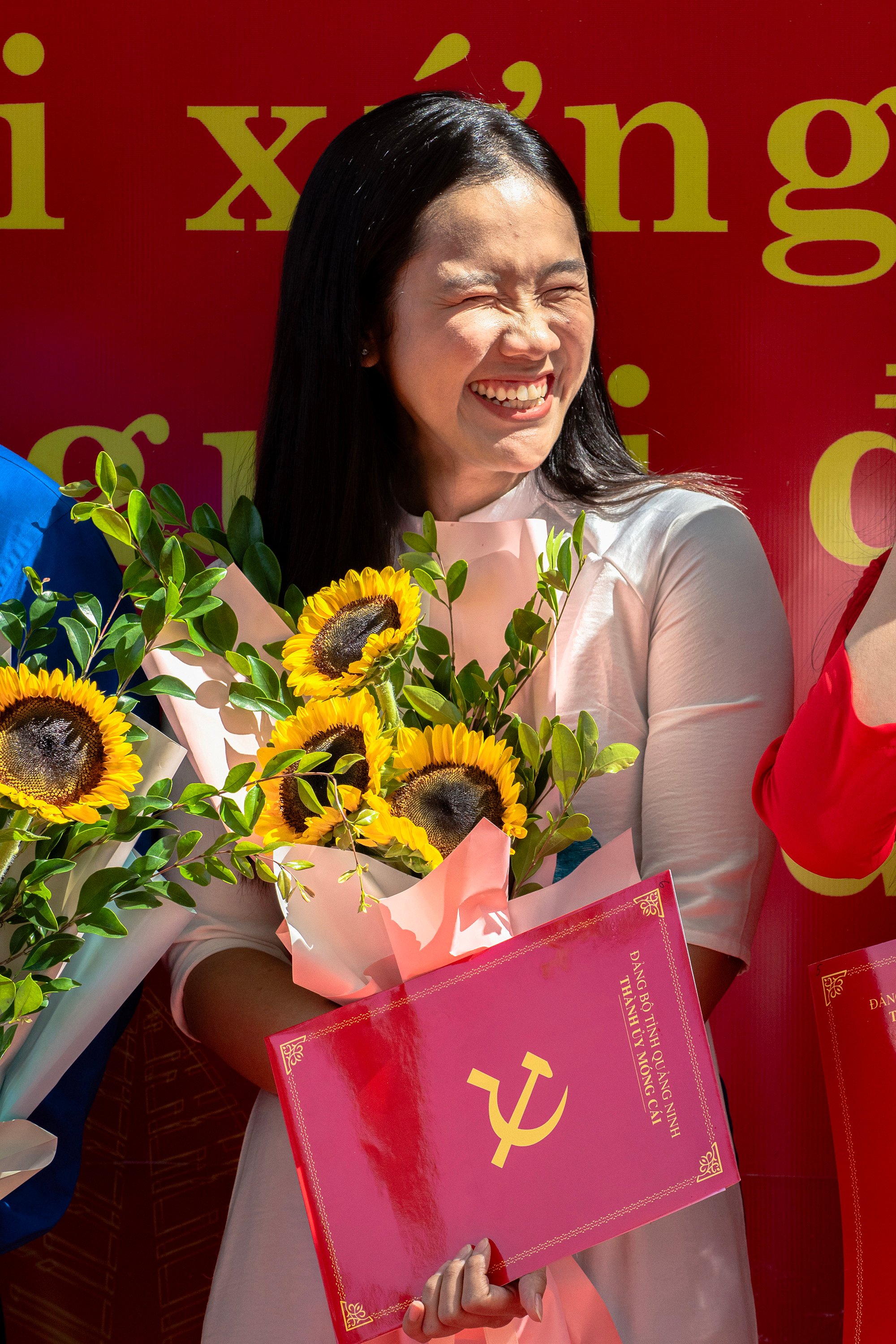

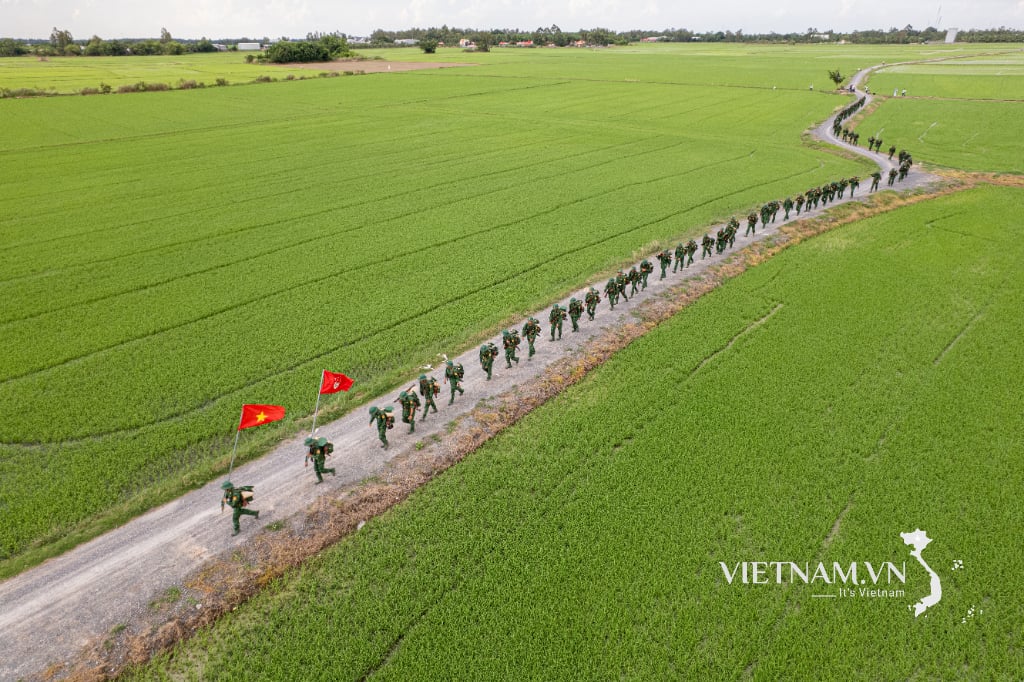
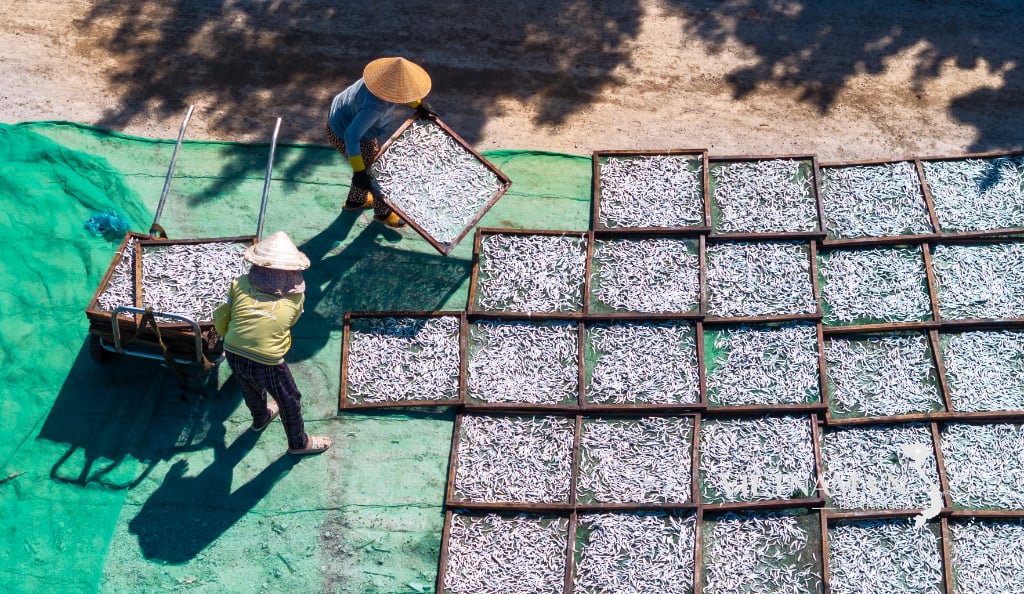
Comment (0)